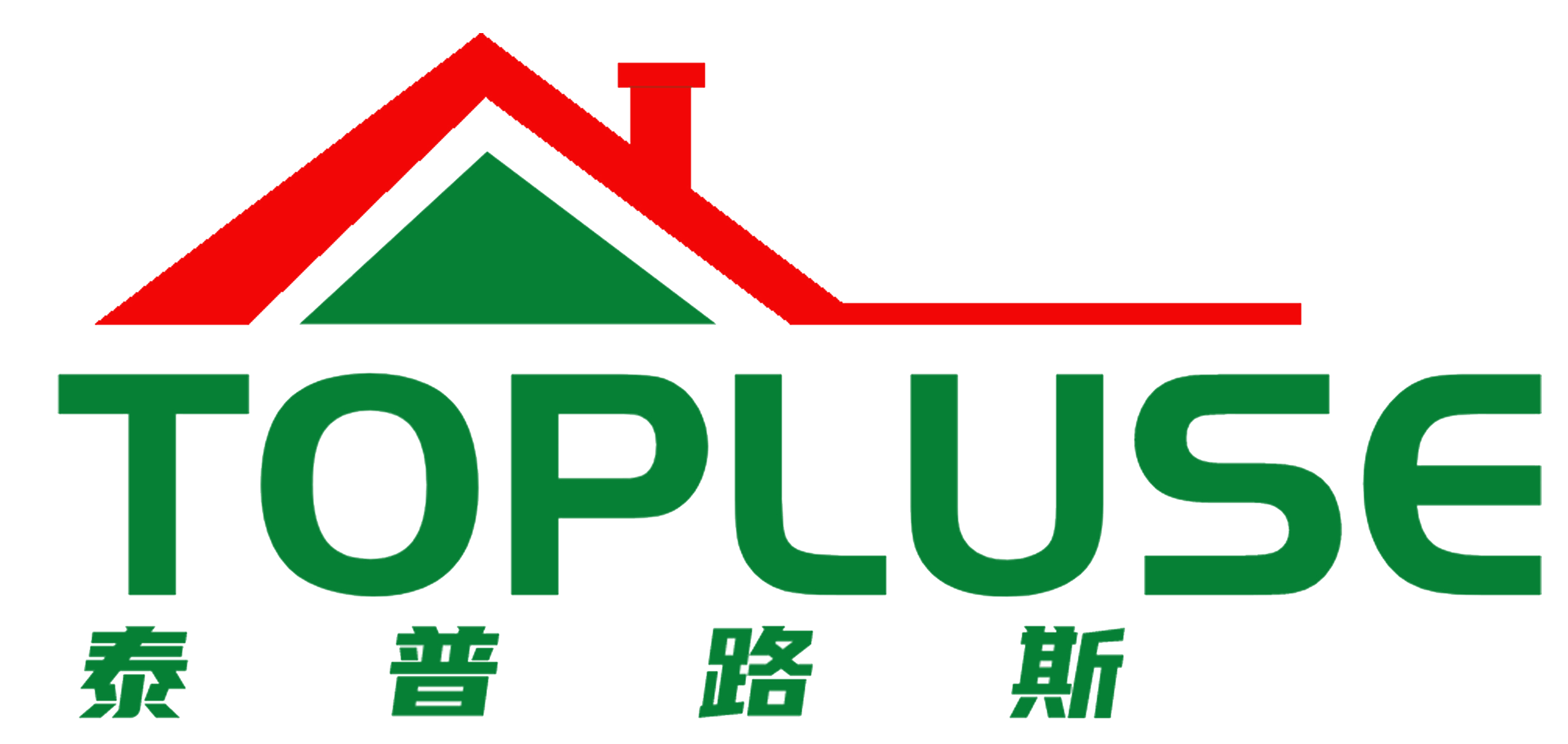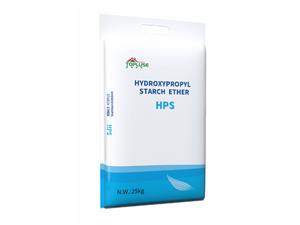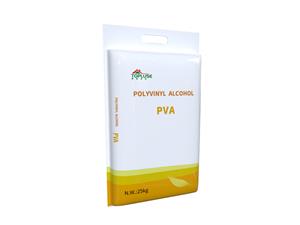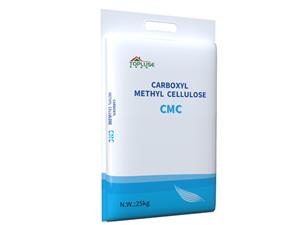Cellulose, a widely used polymer compound.
Cellulose is the oldest and most abundant natural polymer on the earth, and it is the most precious natural renewable resource inexhaustible for human beings. Cellulose chemistry and industry began more than 160 years ago, and it was the main research object in the birth and development period of polymer chemistry. The research results of cellulose and its derivatives made great contributions to the establishment, development and enrichment of polymer physics and chemistry.
Fibers are natural or synthetic filaments. In modern life, the application of fiber is everywhere, and it contains a lot of high technology. Missiles need to be protected from high temperature, dikes need to be protected from collapse, cement needs to be protected from cracking, and blood vessels and nerves need to be repaired, all of which are inseparable from the "Pastime" of fiber. Products based on cellulose are also widely used in plastics, explosives, electricians and scientific research equipment.
一、 Fiber in the textile industry
Comfortable clothes, cold protection and sun protection are our initial requirements for clothes, and now this requirement is easy to achieve.
When seaweed carbon fiber is made into clothes, it can make human molecular friction produce thermal reaction for a long time and promote blood circulation, so it can store heat and keep warm, and the clothes made of ultraviolet radiation-proof fiber can reduce the trouble of holding umbrellas in summer.
But now people not only want to wear warm clothes, but also add many new requirements, and fibers can meet them one by one:
In the past, "polyester-covered cotton" and "polypropylene-covered cotton" were popular. Polyester-covered cotton on the outside of the fabric has good affinity with the skin, while polyester and polypropylene are durable and easy to wash.
Nowadays, new materials have undergone subversive changes, such as "cotton-covered polyester" and "cotton-covered acrylic". The new antibacterial and moisture-conducting fibers are even smaller than the usual fiber diameter of 10μ m-100μ m, and the woven fabric can make sweat penetrate, but not adhere, so that sweat is discharged to the outer cotton layer, and the close-fitting surface of clothes can be kept dry at any time ... ever-changing, just to help us wear more comfortably.
二、 The fiber in the paper industry
The cellulose used in textile and papermaking all over the world reaches more than 8 million tons every year. Cellulose is an important raw material for papermaking.
There are two main uses in the paper industry: addition in pulp and surface sizing. The addition in pulp is about 3/1000 to 5/1000. A small amount of addition can improve the longitudinal and transverse tension of paper by 30% to 50%, which plays a very good role in the use and writing of paper. Surface sizing, especially water-retaining agent on coated paper, is a product that other adhesives can't replace, which plays a very good role in the smoothness and smoothness of paper.
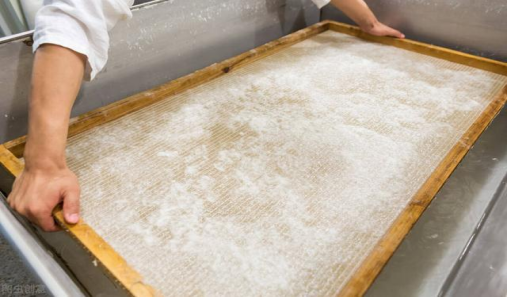
三、Fiber in the field of construction
Important building fibers include cellulose ether, methyl cellulose (MC), hydroxypropyl methyl cellulose (HPMC), hydroxyethyl cellulose (HEC), carboxymethyl cellulose (CMC), lignin fiber and cellulose fiber.
Because of the characteristics of cellulose itself, such as natural hydrophilicity, excellent holding power, huge fiber specific surface area, high toughness and strength, etc., after being added to concrete, a large number of evenly distributed fine fibers are formed under the action of water immersion and external force, which can effectively prevent the occurrence of cracks caused by plastic shrinkage, drying shrinkage and temperature change of concrete and obviously improve the mechanical properties of concrete.
Cellulose fiber makes cement hydration more complete, significantly reduces the void of concrete, and makes concrete more dense, thus improving the frost resistance, water permeability and chloride ion permeability of concrete, and endowing concrete with better durability.
(1) Anti-cracking effect on concreteCellulose fibers are distributed in concrete in three dimensions, which can effectively reduce the stress concentration at the tip of microcracks, weaken or eliminate the tensile stress caused by drying shrinkage of concrete or mortar, and prevent the occurrence and expansion of microcracks.
(2) Improving the impermeability of concrete

